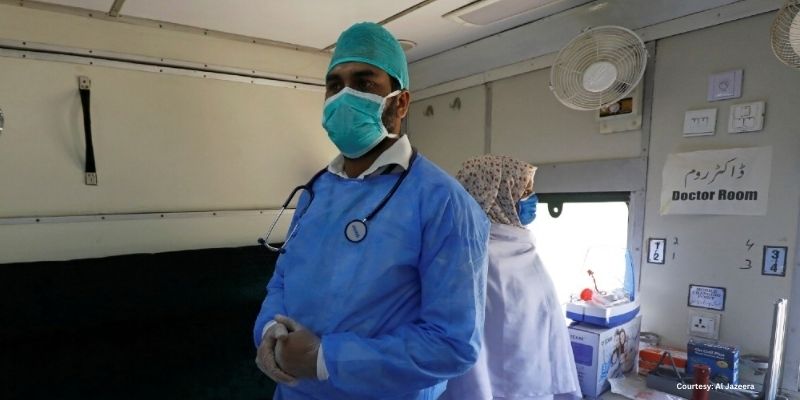ISLAMABAD – Pakistan’s healthcare system is at a crossroads, grappling with structural fragmentation, chronic underfunding, and stark rural–urban disparities that hinder access, equity, and quality of service.
Despite health being constitutionally devolved to provinces, the transition was hasty and poorly planned—leading to unclear roles, weakened coordination, and financial inefficiencies between federal and provincial authorities. Essential programs now struggle due to overlapping responsibilities and resource gaps.
Provinces, however, have responded with innovation. They’ve crafted their own health strategies and adopted public-private partnerships, mobile health services, and district-level planning to enhance delivery. Progressive steps, such as integrating preventive programs and embracing digital health and mobile clinics, have started bridging service gaps—especially in underserved regions.
Yet, Pakistan’s health spending remains just a fraction of global benchmarks—hovering around 1–3% of GDP. Essential preventive care remains underserved, medical workforce shortages persist, and most citizens still rely on unregulated private services at high out-of-pocket costs. Universal coverage initiatives like the Sehat Sahulat Program and KP’s Sehat Card Plus have showed promise, but inconsistent rollouts and limited scale remain barriers.
To build a resilient, equitable healthcare system, Pakistan must commit to stronger federal-provincial coordination, increase public health investment, regulate the private sector, expand preventive services and ensure broader insurance coverage—especially for rural and vulnerable populations.
This story has been reported by PakTribune. All rights reserved.



